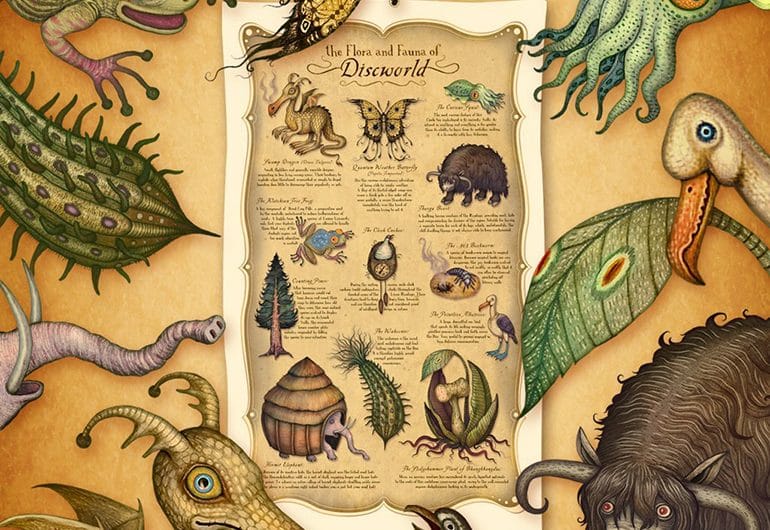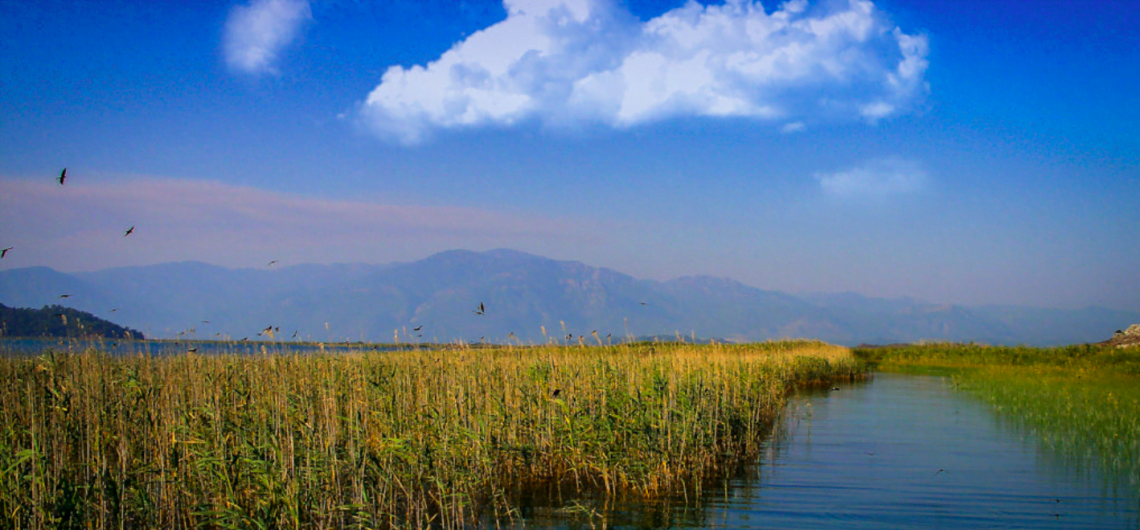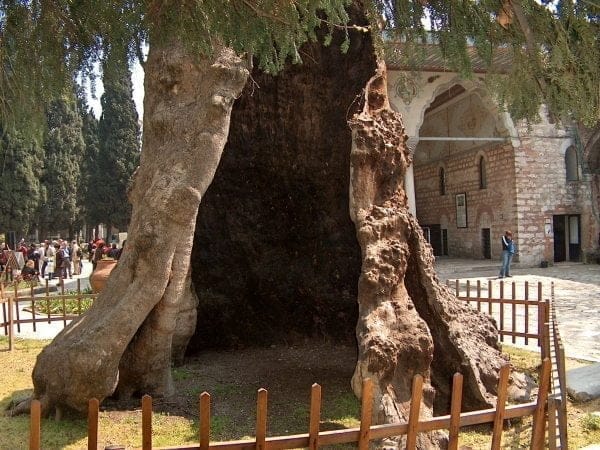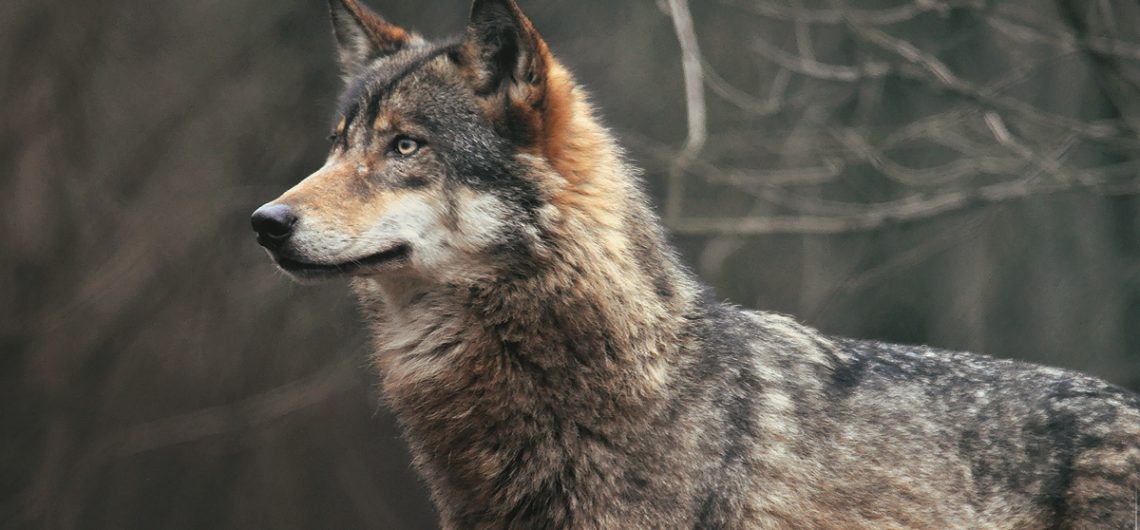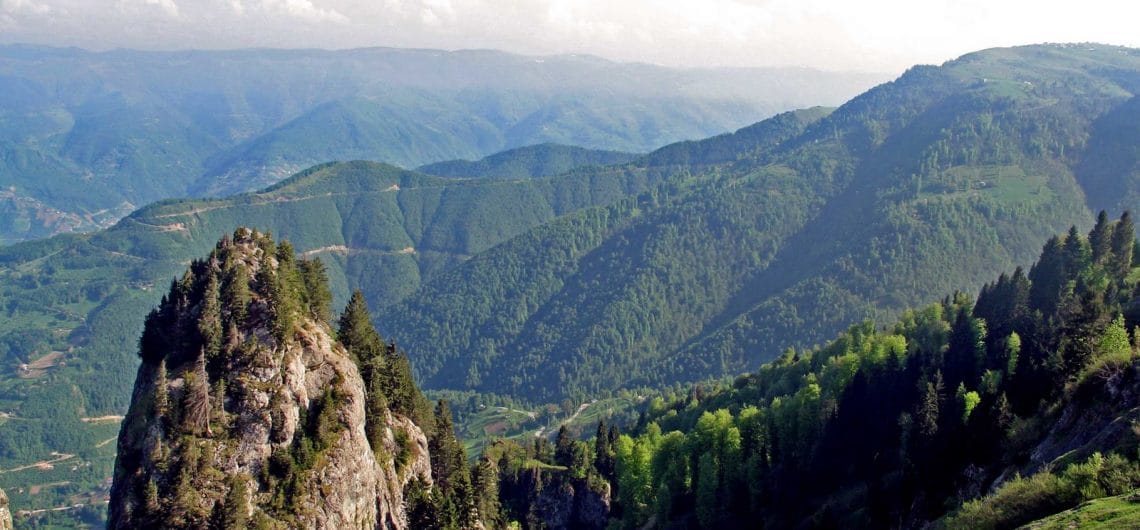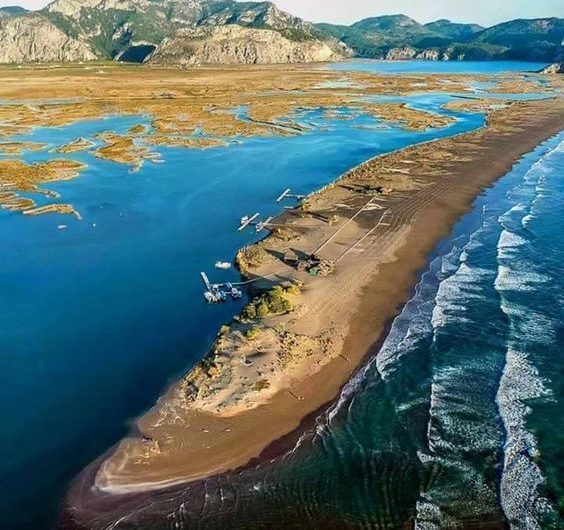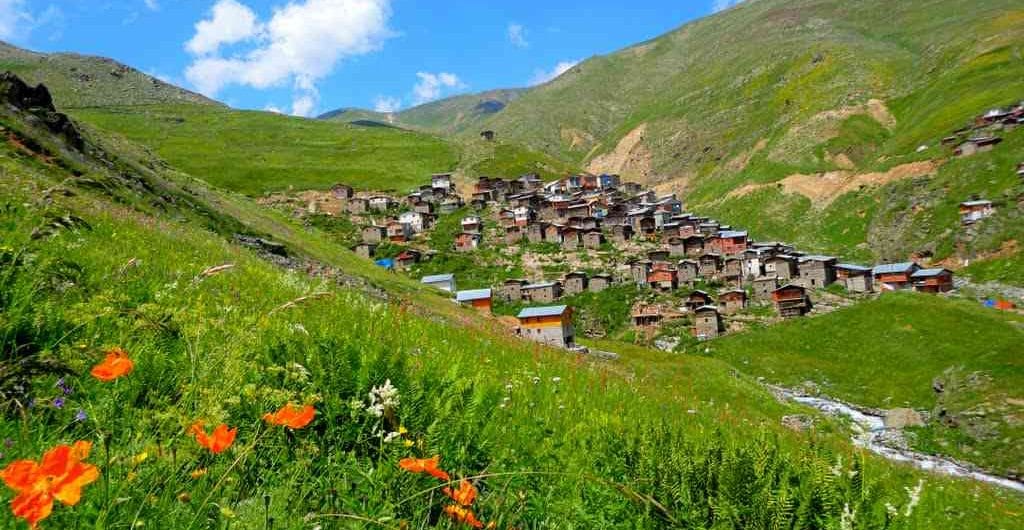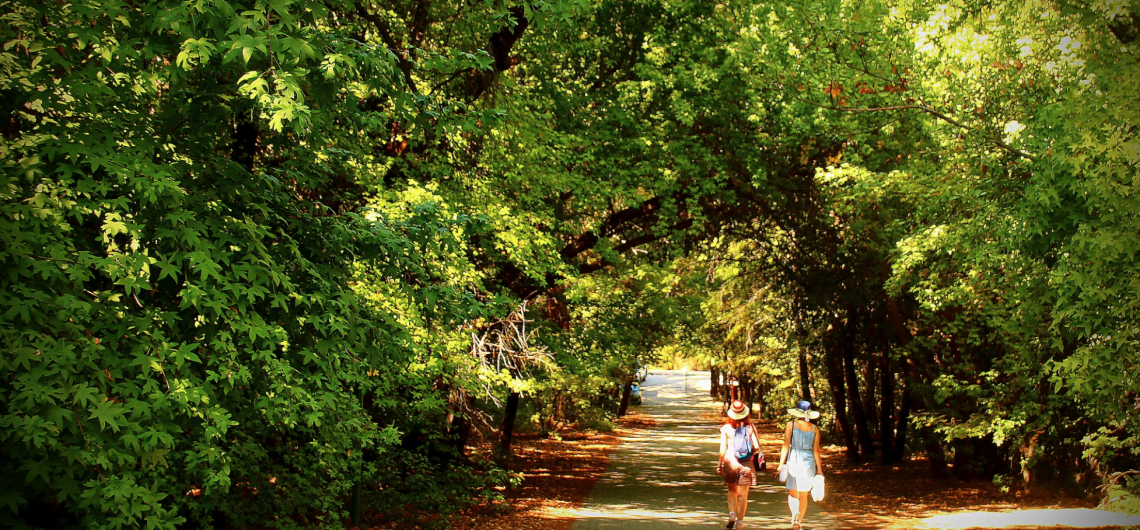The blue crabs that were brought to Turkey for their economic value and released in lagoons in the Northern Aegean and the Saros Bay reproduced and multiplied. However, probably because they were not able to find the natural conditions they required in this region, they migrated to the Southern Aegean and inhabited the Güllük and Dalyan lagoons, extending right over to the Karadeniz fish trap in Taşucu. Today a large number of blue crabs are hunted in the Dalyan delta and are served by restaurants with various sauces and cooking methods.
Turkey’s fauna and flora is hugely rich with a phenomenal wealth of plant and animal life. Turkey has a plethora of flora species. A comparison with the continent of Europe is sufficient to illustrate such wealth: while there are 12,500 gymnospermous and angiospermous plant species in the entire continent of Europe, it is known that aproximately 11,000 such species are present in Anatolia alone, with some one third of them endemic to Turkey. Turkey’s geographical location, the fact that it is surrounded by four seas and its relatively late development in both industry and agriculture has played a big role in the extraordinarily rich and diverse flora and fauna of Turkey.
TIP – You can experience Dalyan’s wild life by joining one of the small group tours that offers the opportunity to get closer to wild life
A large number of ornamental flowers were cultivated from Turkish wild forms, including most famously the tulip. Some species of the marine fauna, such as the Mediterranean seal and the Caretta turtle, have sought refuge in the crystalline waters of the Mediterranean and Aegean Seas. Situated at the heart of these riches, thanks to being declared a Special Protection Zone, Dalyan’s fauna and flora are worthy of placing within the Garden of Eden and give Dalyan a unique, irresistible appearance to wild life lovers and all visitors.
One of the most important nestling areas for loggerhead sea turtles: Iztuzu Beach; home to over 150 kinds of migrating and native birds: Koycegiz Lake; surrounded by mountains and plateaus with hundreds of endemic plants, rich and diverse fauna of the Mediterranean and Aegean seas consisting of a mixture of European, Asian and African species, along with some endemic species needless to say makes Dalyan a unique ecosystem.
Sea turtles have been living on earth for 110 million years, the human being, however, for only 2-3 million years. Of the eight species living in the world’s seas, five are present in the Mediterranean. It is estimated that only a limited number of individuals of the Leatherback Sea Turtle (Dermochelys coriacea), the Hawksbill Sea Turtle (Eretmochelys imbricata) and the Kemp’s Ridley Sea Turtle (Lepidochelys kempii) species enter the Mediterranean for nutrition or by mistake.
Holy Trees of the Gods and Goddesses
Most of the flora and fauna specimens you will come across when hiking in the Köycegiz-Dalyan Special Natural Reserve hold some very old secrets that they will whisper into the ears of those who wish to know and understand. Some plants were used medicinal in ancient times and even today by those who are practitioners of alternative medicine. Some of this plant life provides delicious food and spices enjoyed by the locals, while some others warn you that they are poisonous through their shiny colours.
The well-preserved architectural texture of the Dalyan and Köycegiz District centre, allows for a building plan in harmony with the natural and historical environment and is a successful application for the Special Environmental Preservation Corporation. Thanks to the wastewater purification plants of the two settlements, the aquatic ecosystem is protected from domestic waste pollution to a significant degree.
I have a confession to make……. I love trees. Any trees will do but what I really love are ancient trees. Old monuments that have stood the test of time. I struggle to get my head around the amount of history these living beings have witnessed. Ancient Trees Where I come from in Sussex we have
There are thought to be over 80,000 species of fauna within Turkey whilst the number of species in Europe numbers approximately 60,000. As in the case of flora Turkey is the original homeland of many well-known species. The pheasant, fallow deer and domestic sheep to name a few. Today many of the national parks and
Turkey has some of the oldest varieties of cultivated plants in the world. The wild species of which are still found growing in Turkey. The original wild forms of plants retain many qualities that cultivated plants do not, frost hardiness, resistance to pests and diseases and ability to cope with fluctuating water levels are a
Visit Dalyan and you will find yourself surrounded by Loggerhead Turtles. From the giants floating in the sea, hundreds of t-shirts, trınkets and cuddly toys to the large gold statue as you enter the small town. It is safe to say that Dalyan is obsessed with its turtles. Now a protected area the future of
In addition to its national parks, Turkey has 35 areas that have been specifically preserved in order to protect endangered species of flora and fauna, and some are used for scientific research and educational studies. All the nature reserves in Turkey have been designated according to various biological characteristics. Yumurtalik (Yumurtalık) Nature Reserve – Adana Yumurtalik Nature
The Special Environmental Protected Area (SEPA) of Köyceğiz and Dalyan is well known for the Liquidambar forests where a 286 hectares zone is set aside as a nature reserve and arboretum for the preservation of the species. A large area also surrounds the town of Marmaris. Another large area covering nearly 100 hectares is also found in an inland
Where in the world can you still witness mile-wide crocus carpets, mountains smothered with snowdrops, and entire woodlands underlain by cyclamen? Right here in Turkey. Not surprisingly, this country’s richness of species, including 13 snowdrop species (two endemic) and ten cyclamen species (six endemic), has led to commercial harvesting of bulbs from the wild and



